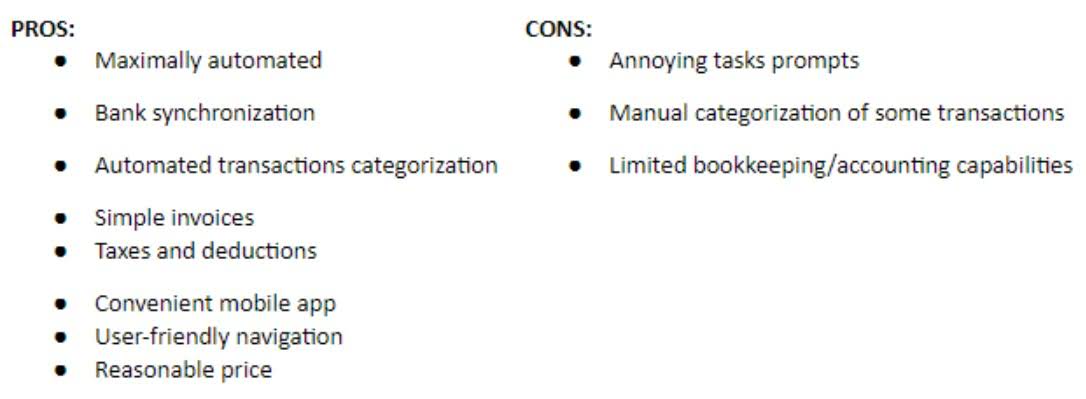Connecting the Income Statement and Balance Sheet
公開日:2020年9月11日

Current liabilities refer to debts or financial obligations that balance sheet for dummies must be settled within a year. Many businesses manage a variety of these liabilities, including accounts payable, deferred revenue, taxes payable, and salaries payable. Vigilant monitoring of your current liabilities is crucial, as excessive debt can pose a significant financial risk to your business. Current assets are assets that a company can easily convert into cash within a financial year.
FAQs About Balance Sheets

The P&L can be used to Car Dealership Accounting see how your business is doing and whether it is making a profit or a loss. We accept payments via credit card, wire transfer, Western Union, and (when available) bank loan. Some candidates may qualify for scholarships or financial aid, which will be credited against the Program Fee once eligibility is determined.
- A company usually must provide a balance sheet to a lender in order to secure a business loan.
- I keep track of this on a cash flow statement, which helps me see how well my company is managing its cash.
- Dummies has always stood for taking on complex concepts and making them easy to understand.
- The P&L can be used to see how your business is doing and whether it is making a profit or a loss.
- Any business that runs accounting software will have the ability to create reports within the software.
Liabilities and Owners’ Equity in Balance Sheet Accounts
Here’s an example of a cash flow statement generated by a fictional company, which shows the kind of information typically included and how it’s organized. Ideally, a company’s cash from operating income should routinely exceed its net income, because a positive cash flow speaks to a company’s ability to remain solvent and grow its operations. I believe once you learn this skill, you’ll be able to see the entire picture of your company.
- You’ll only have one account to monitor for bookkeeping and tax purposes, and your personal income and expenses won’t get entangled with your business ones.
- The key point is that these can typically be readily converted into cash the company can use.
- In the same way, your startup’s equity is the driving force behind growth, funding, and long-term success.
- Financial statements offer a window into the health of a company, which can be difficult to gauge using other means.
financial statement red flags
For a balance sheet, using financial ratios (like the debt-to-equity (D/E) ratio) can provide assets = liabilities + equity a good sense of the company’s financial condition, along with its operational efficiency. It is important to note that some ratios will need information from more than one financial statement, such as from the balance sheet and the income statement. Your current ratio shows the ability of your business to pay off its short-term debt obligations (current liabilities) using its current assets. A balance sheet is a financial statement that lists a company’s assets, liabilities, and equity. The purpose of a balance sheet is to provide a summary of the entity’s financial position at a specific point in time.

Debt to Equity Ratio

It is worth looking into if you are not already using software, as it can save time and money. We expect to offer our courses in additional languages in the future but, at this time, HBS Online can only be provided in English. We offer self-paced programs (with weekly deadlines) on the HBS Online course platform.

